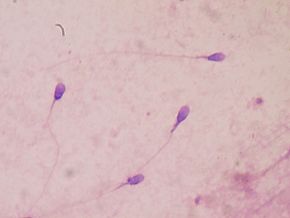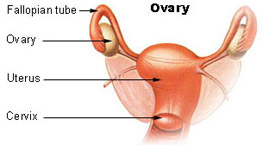
When looking at the research, it is striking that so many chemicals that we are exposed to daily are harming us. Health harms include an increase in certain cancers (e.g., brain cancer and leukemia from certain pesticides) and reproductive effects. This can be seen clearly when research shows that sperm counts are declining globally 2.64% per year since 2000.
A recent report from HEAL (Health and Environmental Alliance in the European Union) found that along with this, infertility rates, testicular cancer, and prostate cancer are increasing. This is alarming!
HEAL’s report (author Dr. Cannarella) details alarming indications of catastrophe in male reproductive health: prostate cancer, testicular cancer, crashing sperm counts, infertility, and numerous developmental problems including cryptorchidism, urogenital malformations, and hypospadias. The report highlights pesticides, microplastics, phthalates, bisphenols, PFAS and heavy metals as the likely environmental sources of the crisis. There is evidence that all of these endocrine disrupting chemicals (EDCs) adversely affect male reproductive function.
Excerpts from the latest research on the drop in sperm counts globally and declines in male reproductive health, the science report from HEAL: Chemical pollution and men’s health: A hidden crisis in Europe
A 2023 meta-analysis by Levine et al. showed that global sperm counts declined by 52% between 1973 and 2018. European countries showed similar or even steeper declines, especially in Western and Southern Europe. ...continue reading "Male Sperm Counts Continue to Decline"

 Remember when back in 2015 the IARC (International Agency for Research on Cancer) said that the pesticide glyphosate (the active ingredient in Roundup) is a probable human carcinogen (cancer causing)? And the American chemical industry and FDA pooh-poohed that? Well, there have been a number of studies since then finding that yes, glyphosate results in tumors and other health harms, and is cancer causing (carcinogenic).
Remember when back in 2015 the IARC (International Agency for Research on Cancer) said that the pesticide glyphosate (the active ingredient in Roundup) is a probable human carcinogen (cancer causing)? And the American chemical industry and FDA pooh-poohed that? Well, there have been a number of studies since then finding that yes, glyphosate results in tumors and other health harms, and is cancer causing (carcinogenic). Once again, those wondering about the chemicals lurking inside us have bad news. In a long-running
Once again, those wondering about the chemicals lurking inside us have bad news. In a long-running  One trend the researchers found is that levels of 2,4-D (pesticide used as a herbicide or weed-killer) are trending upwards over time. This is because 2,4-D is commonly used as a weed-killer on lawns (including Feed and Weed) and elsewhere, but it is also used on genetically modified crops.
One trend the researchers found is that levels of 2,4-D (pesticide used as a herbicide or weed-killer) are trending upwards over time. This is because 2,4-D is commonly used as a weed-killer on lawns (including Feed and Weed) and elsewhere, but it is also used on genetically modified crops.
 The US uses massive amounts of the pesticide glyphosate (commonly known as Roundup) on farms, the sides of roads, and even by homeowners on their properties. More than 127,000 tons of this weed-killer (herbicide) is used just on US farm fields! But studies, including this recent
The US uses massive amounts of the pesticide glyphosate (commonly known as Roundup) on farms, the sides of roads, and even by homeowners on their properties. More than 127,000 tons of this weed-killer (herbicide) is used just on US farm fields! But studies, including this recent  Once again, another study found that being exposed to pesticides has harmful health effects. Of all sorts. A recent
Once again, another study found that being exposed to pesticides has harmful health effects. Of all sorts. A recent  It turns out that some commonly found chemicals in household products are actually hazardous to our brain health. A recent
It turns out that some commonly found chemicals in household products are actually hazardous to our brain health. A recent  This comes under the realm of fun fact: A large
This comes under the realm of fun fact: A large  It turns out that another nasty pesticide is found in almost all of us, which we get from the foods we eat. This is the pesticide chlormequat, which is known to have harmful health effects. The use of chlormequat is on the rise in North America and Europe, where it is applied to non-organic grain crops as a plant growth regulator.
It turns out that another nasty pesticide is found in almost all of us, which we get from the foods we eat. This is the pesticide chlormequat, which is known to have harmful health effects. The use of chlormequat is on the rise in North America and Europe, where it is applied to non-organic grain crops as a plant growth regulator.